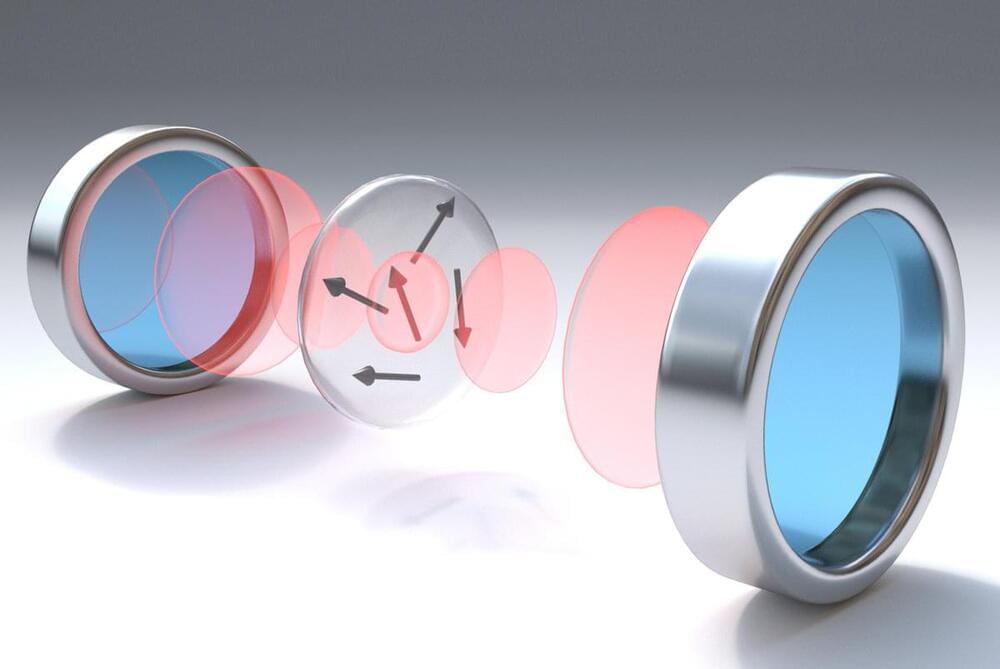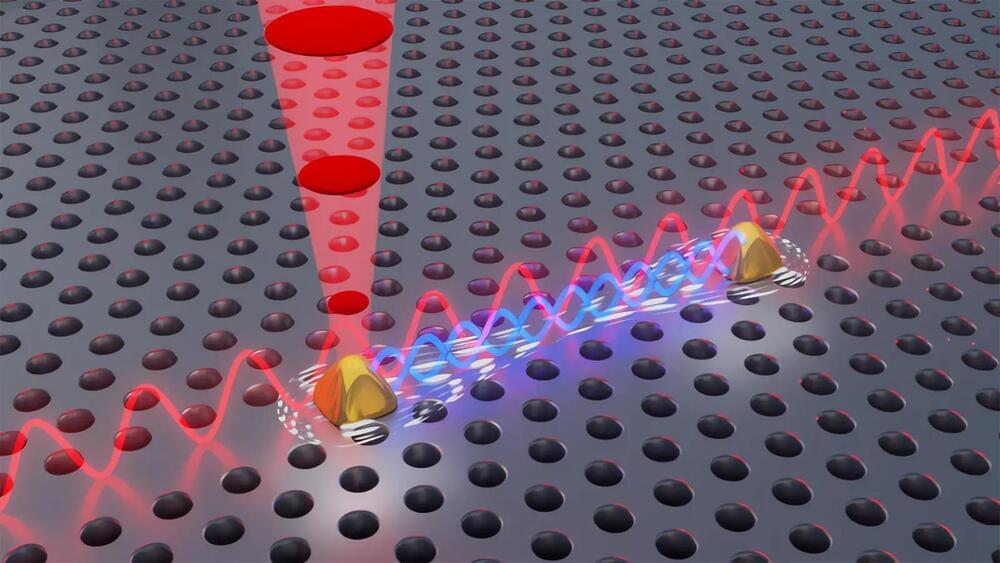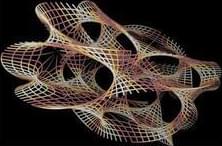Interview with Prof. Sean Carroll, Research Professor of Physics at Caltech and an External Professor at the Santa Fe Institute. We mainly talk about quantum spacetime: the idea that our familiar spacetime might be actually emergent from some complex quantum mechanical system. We cover entanglement, decoherence, entropic gravity, the AdS/CFT correspondence, string theory, black holes, along with several philosophical questions concerning these topics, including reduction and emergence, substantivalism vs. relationalism, monism, and much more.
Sean’s website: https://www.preposterousuniverse.com/
His recent book concerning these topics: https://www.preposterousuniverse.com/somethingdeeplyhidden/
His papers on these topics can be found here: https://www.preposterousuniverse.com/research/annotated-publications/
His podcast: https://www.preposterousuniverse.com/podcast/
And his Twitter: https://twitter.com/seanmcarroll/







